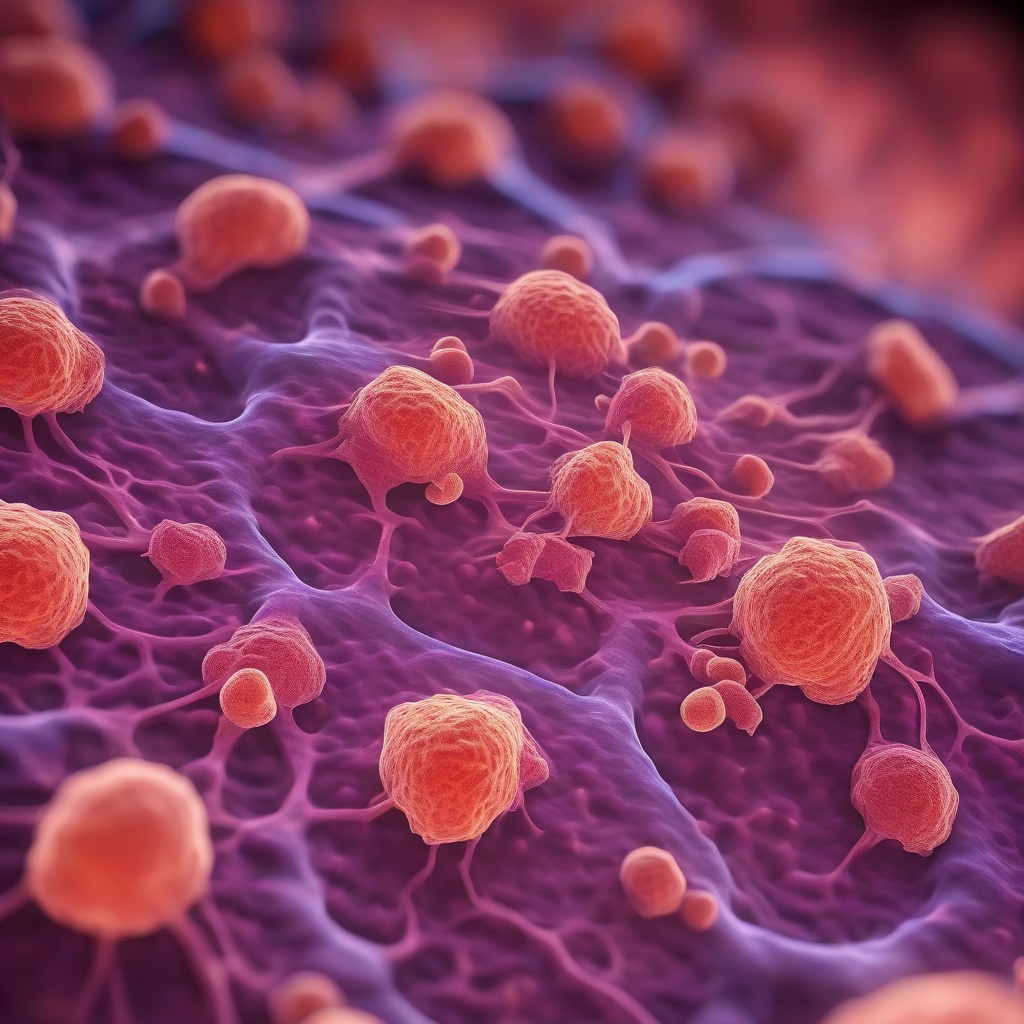Mast Cells Drive Pulmonary Inflammation Response to Nitrogen Exposure, New Research Reveals Details
Little is known about the contribution of mast cells on cell recruitment, inflammation, and lung pathology following acute exposure to nitrogen mustard (NM) or chlorine gas (chlo-). A recent study published in a leading scientific journal has shed new light on the role of mast cells in driving pulmonary inflammation response to nitrogen exposure.
The Study’s Background
Nitrogen mustard and chlorine gas are highly toxic agents that can cause severe lung damage and inflammation. Exposure to these agents can lead to acute respiratory distress syndrome (ARDS), which is characterized by rapid onset of widespread inflammation and lung injury. While the mechanisms underlying NM- and chlo-induced lung injury are not fully understood, research has shown that mast cells play a crucial role in the initiation and progression of inflammatory responses.
Mast Cells: Key Players in Inflammation
Mast cells are a type of immune cell that are found in various tissues throughout the body, including the lungs. They are known for their role in allergic reactions, but they also play a critical role in the initiation of inflammatory responses to tissue damage and infection. Mast cells release a variety of chemical mediators, including histamine, leukotrienes, and cytokines, which recruit other immune cells to the site of inflammation and promote tissue damage.
The Study’s Methodology
The study used a mouse model of NM and chlo exposure to investigate the role of mast cells in pulmonary inflammation. The researchers used mast cell-deficient mice and wild-type mice to compare the inflammatory responses to NM and chlo exposure. They also used various pharmacological and genetic approaches to manipulate mast cell function and assess the impact on lung inflammation and injury.
The Study’s Findings
The study found that mast cells play a critical role in driving pulmonary inflammation response to NM and chlo exposure. The researchers observed that mast cell-deficient mice had significantly reduced inflammation and lung injury compared to wild-type mice. They also found that mast cells release a variety of chemical mediators in response to NM and chlo exposure, including histamine, leukotrienes, and cytokines, which recruit other immune cells to the site of inflammation and promote tissue damage.
Key Results
- Mast cell-deficient mice had reduced inflammation and lung injury compared to wild-type mice.
- Mast cells release a variety of chemical mediators in response to NM and chlo exposure.
- The study identified specific mast cell-derived mediators that contribute to lung inflammation and injury.
Implications of the Study
The study’s findings have significant implications for the development of therapeutic strategies to treat lung injury caused by NM and chlo exposure. The researchers suggest that targeting mast cell function or specific mast cell-derived mediators may be a promising approach for reducing inflammation and lung injury. Additionally, the study highlights the importance of considering the role of mast cells in the development of lung injury caused by other toxic agents.
Conclusion
In conclusion, the study provides new insights into the role of mast cells in driving pulmonary inflammation response to nitrogen exposure. The findings suggest that mast cells play a critical role in the initiation and progression of inflammatory responses to NM and chlo exposure, and that targeting mast cell function or specific mast cell-derived mediators may be a promising approach for reducing inflammation and lung injury. Further research is needed to fully understand the mechanisms underlying mast cell-driven inflammation and to translate these findings into clinical practice.
Read the full study: Mast Cells Drive Pulmonary Inflammation Response to Nitrogen Exposure



